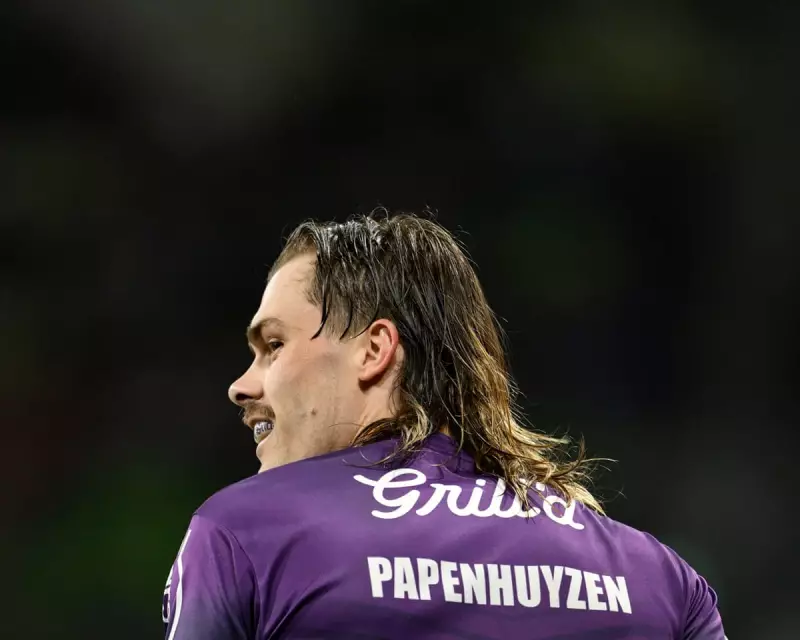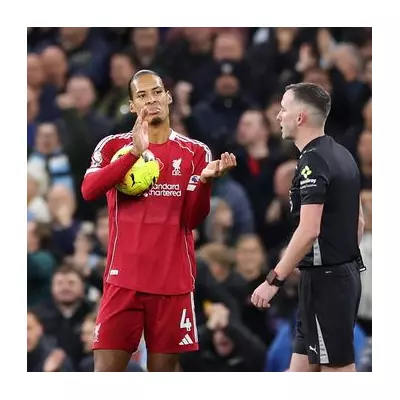
The National Rugby League faces its most significant external threat in 25 years as two high-profile players have unexpectedly departed the competition amid speculation they will join the new R360 rugby union venture.
Star Players Depart NRL
Melbourne Storm fan favourite Ryan Papenhuyzen and Kangaroos three-quarter Zac Lomax have both quit their clubs and the sport, though neither has publicly confirmed their future plans. Their departures mark the opening salvo in what could become a full-scale war for elite sporting talent between the established NRL and the well-funded newcomer.
This represents the first genuine external challenge to the NRL's control over its players since the late 1990s, when a newly professional Rugby Australia capitalised on public dissatisfaction following the Super League War to sign league stars Wendell Sailor, Mat Rogers and Lote Tuqiri.
A New Type of Competition
The current threat differs significantly from previous code wars in two crucial aspects. Unlike traditional raids, this challenge doesn't originate from rugby union's establishment, and the financial resources available to the newcomers far exceed anything previously seen in Australian rugby.
The R360 competition bears closer resemblance to the LIV golf model than traditional sporting rivalries. Fronted by former England international Mike Tindall, the venture has substantial backing from investment firms including UAE-based 885 Capital, which holds major stakes in the Baller League and Professional Fighters League, and sports advisory firm Albachiara.
This isn't a speculative project but a well-considered enterprise with three years of funding already secured, suggesting a serious long-term challenge to the NRL's dominance.
The Tipping Point for Talent
While the loss of Papenhuyzen and Lomax alone wouldn't cripple the NRL, the concern lies in establishing a precedent. The league's greatest strength has always been its remarkable production line of talent, demonstrated when the departures of Roosters representatives Joey Manu and Joseph-Aukuso Suaalii to rugby union were seamlessly covered by emerging stars like Dally M Rookie of the Year Robert Toia and top tryscorer Mark Nawaqanitawase.
However, there exists a tipping point where continued departures begin to diminish the competition's quality and appeal. The strategy of targeting NRL players rather than established rugby union stars indicates R360 recognises where the deepest talent pool currently resides.
More worrying for the NRL might be the planned parallel women's competition. The NRLW has been carefully developed over the past decade, but its talent pool isn't as deep as the men's competition. Losing stars like Tamika Upton and Olivia Kernick could prove devastating, particularly as many NRLW players remain part-time and have rugby union backgrounds, making them more susceptible to approaches.
Empty Threats?
The NRL has responded with tough talk, threatening 10-year bans for players and agents who engage with R360. However, actions haven't matched rhetoric, with both Melbourne Storm and Parramatta Eels dealing with agent Clinton Schifcofske to facilitate the releases of Papenhuyzen and Lomax without triggering any suspensions.
Given the NRL's history of walking back severe punishments – from Sonny Bill Williams being welcomed back after walking out on Canterbury to Victor Radley's club suspension being halved – scepticism surrounds whether the governing body will follow through on its threats.
These are dangerous times for the NRL. The league must either enforce its substantial bans consistently or face the prospect of R360 systematically cherry-picking its best talent. This isn't a theoretical exercise but a genuine threat to the competition's quality and long-term viability.





